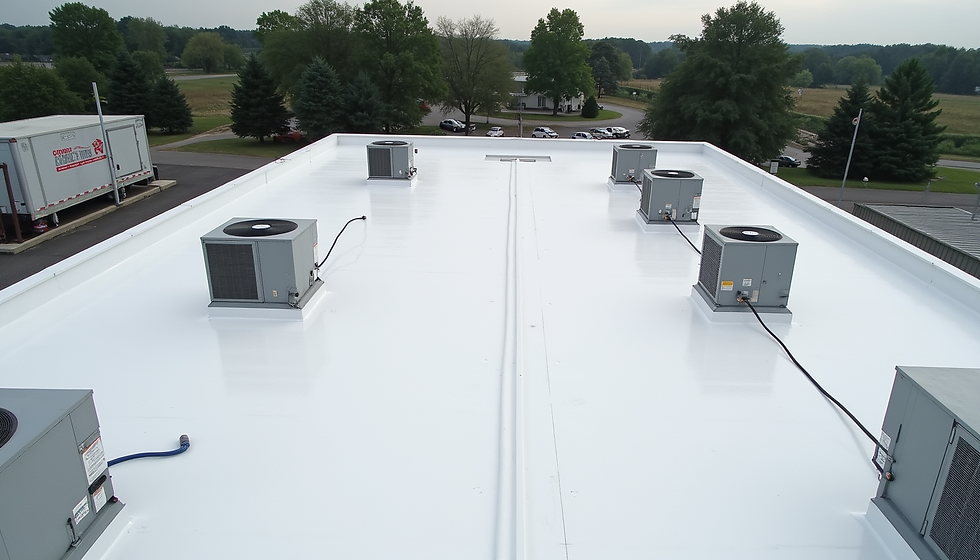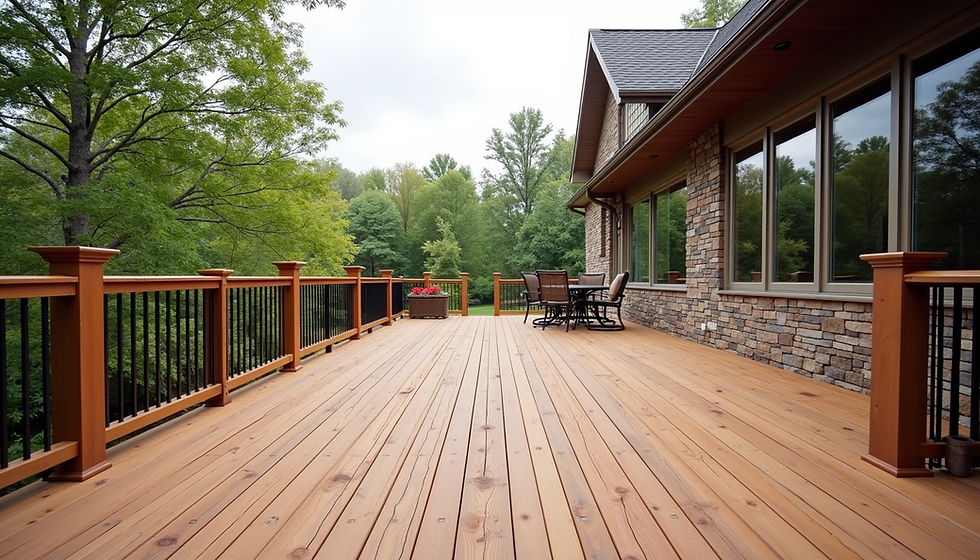What is Tuckpointing
- Mark Solomon

- Feb 1, 2018
- 2 min read
Tuckpointing is a term used in the United States to refer to the techniques and methods of repair of brickwork. The original technique of tuckpointing was developed in England in the late 1800's to imitate brickword constructed using rubbed bricks with white lime mortar. Today the term is used to describe various techniques and methods of brickwork maintenance and repair. The following are the main terminologies and techniques used in the United States.
Solid Tuckpointing: Removal of the existing deteriorated mortar from between the bricks, stone, or blocks approximately 5/8” to ¾” deep, and replacement with new mortar on an entire wall, chimney, foundation, or column. Solid tuckpointing lasts approximately 35 years.
Spot Pointing: Preparation and repair of only the worst areas or only the areas with missing mortar. Spot pointing can range from “loose” (cracked) joints to open (missing mortar) joints and settlement cracks. It is important that you understand the exact scope of work so that your expectations align with our proposed scope.
Mortar: Consists of a pre-determined mixture of Portland cement, sand, and sometimes chemicals conducive to the outside overnight temperature, and sometimes dye for proper color match. Color matching requires knowledge and experience yet is seldom an exact match. Mortar generally takes 30 days to cure, over which time the new mortar will change color.
Acid Washing: Chemical cleaning of a solid tuckpointed area to remove mortar residue from the brick, stone, or block. This process is not always necessary and adds to the cost of the job.
Waterproofing: Use of a clear chemical solution, typically silicone based, to penetrate the existing masonry surface to repel water thus preventing penetration of moisture into the masonry. Waterproofing is not required but can be an effective barrier to problem areas where excessive moisture is present. Waterproofing is relatively inexpensive but does create a maintenance situation if you desire to keep the masonry surface water repellant.
Thanks for your interest. More later.
Mark Solomon







Comments